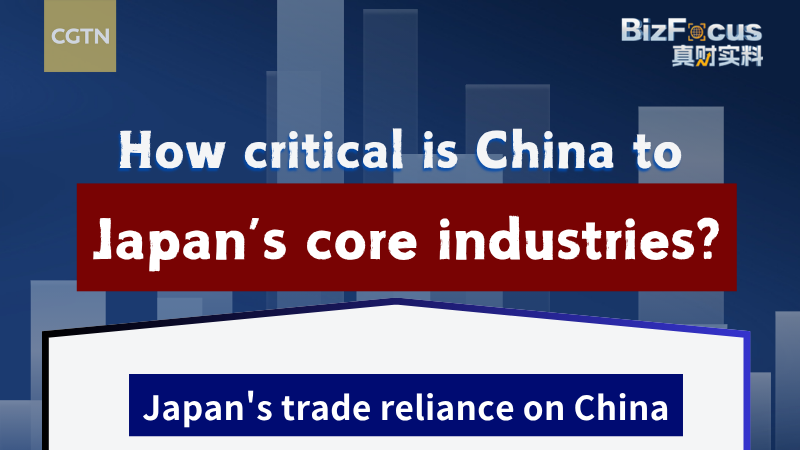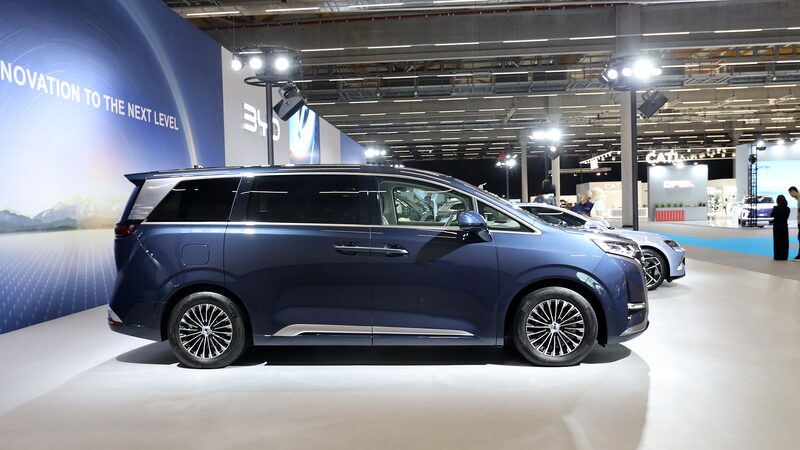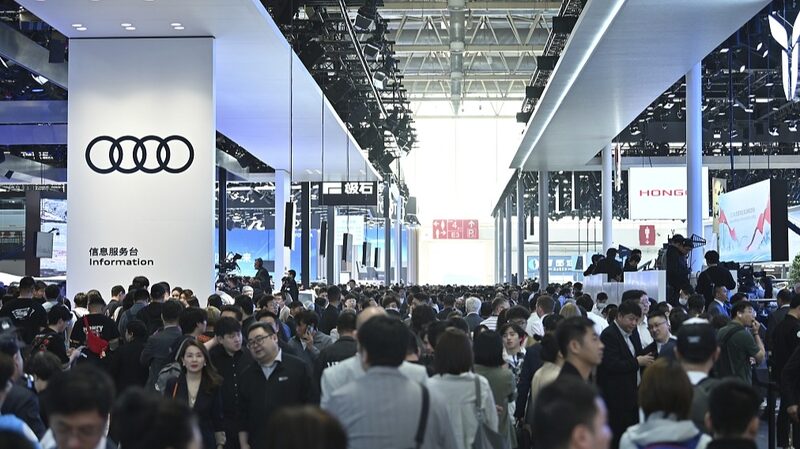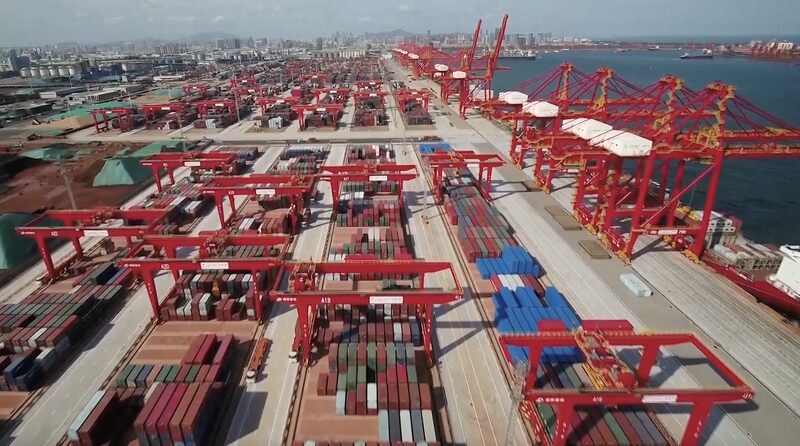As Japan navigates the economic landscape of 2025, its reliance on China continues to shape critical sectors from automotive manufacturing to advanced electronics. Recent trade data confirms China remains Japan's largest trading partner, absorbing 22.3% of total exports and supplying 24.1% of imports as of Q3 2025.
The automotive sector exemplifies this interdependence, with 38% of Japanese auto parts sourced from Chinese suppliers. Electronics manufacturers face similar dynamics, as Beijing's control over rare earth minerals impacts production timelines for everything from robotics to renewable energy systems.
This economic reality contrasts sharply with recent political tensions. Japanese Prime Minister Sanae Takaichi's administration has faced criticism from business leaders following controversial policy moves, with the Japan Business Federation warning that 'disengagement strategies risk destabilizing core industrial ecosystems.'
Financial analysts note that 62% of Japan's semiconductor supply chain intersects with Chinese mainland facilities, while renewable energy projects increasingly depend on Chinese solar panel exports. As supply chain diversification efforts continue, most experts agree complete decoupling remains economically unfeasible this decade.
For global investors, the China-Japan industrial symbiosis presents both opportunities and challenges. While Japanese technological innovation remains strong, production scalability increasingly relies on cross-border partnerships. Market watchers advise close monitoring of bilateral trade negotiations expected to resume in Q1 2026.
Reference(s):
cgtn.com








